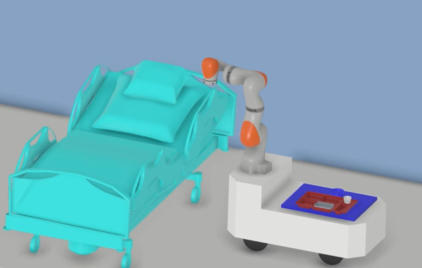

























California State University, Northridge at 18111 Nordhoff Street, Northridge, CA 91330 / Phone: 818-677-6229 / © 2018 CSU Northridge

Virtual Commissioning
This process, known as virtual Commissioning uses 3D technology to create a simulation model of a factory floor process so that changes and upgrades can be tested before they are implemented into actual plant systems using a real controller. By simulating and validating your automation equipment virtually, we can confirm that all equipments will work as expected-significantly reducing system installation cost and startup time. This approach can also lead to better software quality and increased safety. If you are interested to join this research please send an email to : khashayar.behdinan@csun.edu
Research Summary
Automation
Robotics
Industrial Networks & Communications
Pneumatics & Hydraulics
Artificial Intelligence
Simulation and Modeling






Automation and
Robotic Laboratory
(JD1115)
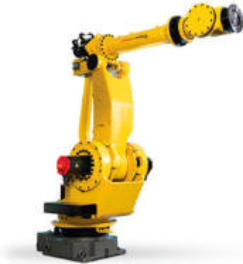
Khashayar “Kash” Behdinan
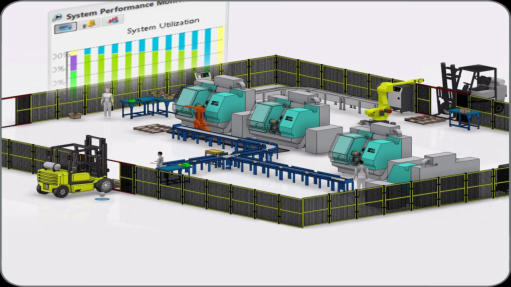
Factory Flow Simulation
Engineers can design factory layouts, as they define, simulate, and analyze multiple
production scenarios, in a realistic 3D environment. If process planning data is not
available, they can start from scratch, positioning resources and designing material
flows. They can define production equipment, line behavior and material flow logic. If
resource programming has been done, robot and NC machine programs as well as
human tasks are natively integrated into the model and can be simulated
This research includes:
If you are interested to join this research please send an email to :
khashayar.behdinan@csun.edu
Modeling and simulation at multiple levels of detail
Working with multiple attributes, engineers can tweak a large range of
values and run 3D simulations to arrive at an effective flow.
They can assign a worker to a transfer point, for example, and adjust
worker speed and transfer time to accord with the weight of the product.
They can adjust conveyor speed to the timing requirements of a robot or
an NC machine.
Speedy process evaluation
Rapid equipment feasibility and performance studies.
Measurements and
Mechatronics
Laboratory
(JD1616)
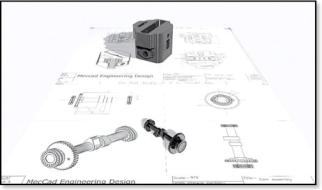

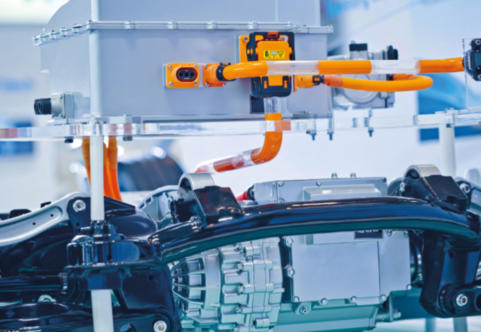
Modeling & optimizing electric drive systems
Modeling research to covers electric machines with associated
controllers, e.g. field-oriented control and inverters with corresponding
modulation methods, e.g. space-vector modulation
The research includes :
• Speed/torque controller design of electrified powertrains
• Analysis of different powertrain configurations
• Controller development and design
• Loss estimation of inverters and electric machines for thermal
simulations
• Voltage and current ripple effect studies
• Integrated vehicle models enabling energy consumption simulations
for electric vehicles
•Generating parameters for table-based models from physical models
If you are interested to join this research please send an email to :
khashayar.behdinan@csun.edu

Data Analysis and Decision Making
Instrumentation
Signal Conditioners
Data Acquisition
Autoamtic Control
Artificial Intelligence






Research Areas
William F. MacDonald
Computer Aided Design
Graphics Laboratory
(JD 1126)
Research Areas
Computer Aided Design
Computer Aided Manufacturing
Advanced Manufacturing Process
Additive Manufacturing





Operation Systems and
Management
Department

Data Analysis and Decision Making
Project Management
Supply Chain Management
Operation Management




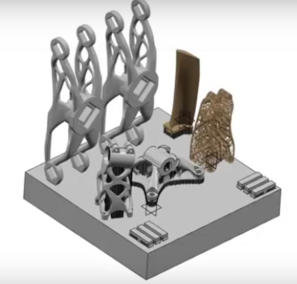
Generative Design Optimized for 3D Printing
If you are interested to join this research please send an email to :
khashayar.behdinan@csun.edu
Integrated applications for additive manufacturing
Materials research for additive process
Multiphysics simulation-based optimization and predictive
analytics
Print to Perform to focuses on the core theme of Virtual Printing
The research includes :
Micro-structure predictions, as-built material properties, and residual
stresses calculations
Research Areas
Research Areas


The Digital Twin of Ventilators Project will implement the following:
Objective1:
Study the means by which real Ventilators are developed as well as their related control programs and test them before being constructed . This is done by complete literature review of similar practices and examine lessons learned.Objective2:
Analyze debugging and correction efforts to significantly reduced implementing and running the real Ventilators.Objective 3:
develop a Pilot Project to study, analyze and determine the behavior of human lung and modeling of Ventilator by using a digital twin platform. If you are interested to join this research please send an email to : khashayar.behdinan@csun.edu
Digital Twin of Ventilator Using Simulation Environment
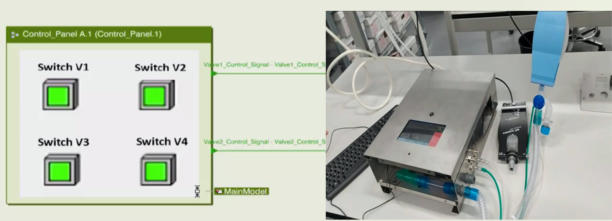
The Digital Twin of Ventilators Project will implement the following:
Objective1:
In this Research you will help design, manufacture, and program an autonomous prototype robot that will be used to help pateints and First responders . If you are interested to join this research please send an email to : khashayar.behdinan@csun.edu
Autonmous Robot to help First responders
